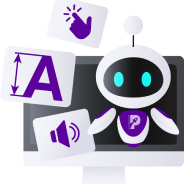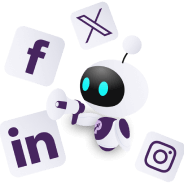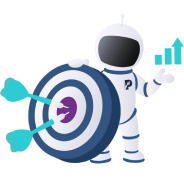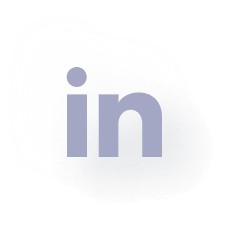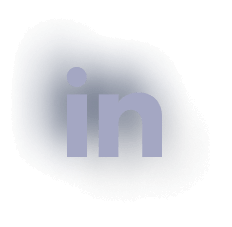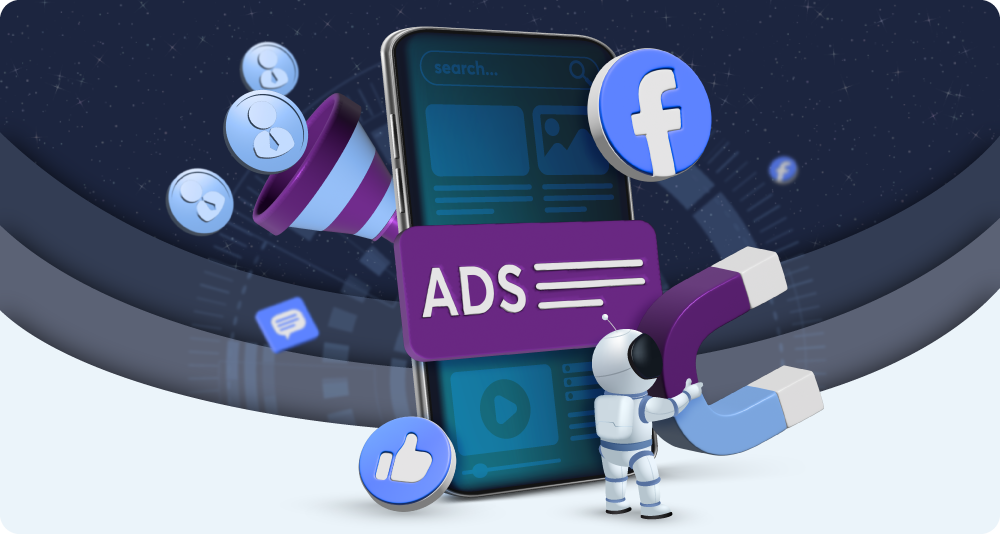

How to Create a Profitable Facebook Ads Funnel in 7 Steps
Key takeaways
-
A profitable funnel relies on matching ads precisely to each stage of the customer journey.
-
Audience segmentation ensures ads remain relevant and impactful throughout the funnel.
-
Effective landing pages significantly increase your chances of turning clicks into conversions.
Creating an effective Facebook Ads funnel can transform casual browsers into loyal customers. A carefully designed funnel attracts potential customers, nurtures their interest, and ultimately drives them toward conversion, maximising your advertising ROI.
By strategically leveraging each stage of the funnel (from initial brand awareness to final conversion) you ensure that every step is optimised for maximum engagement and efficiency.
In this blog, you’ll learn how to craft a profitable Facebook Ads funnel, step by step, to consistently attract, nurture, and convert leads.
Let’s dive in:
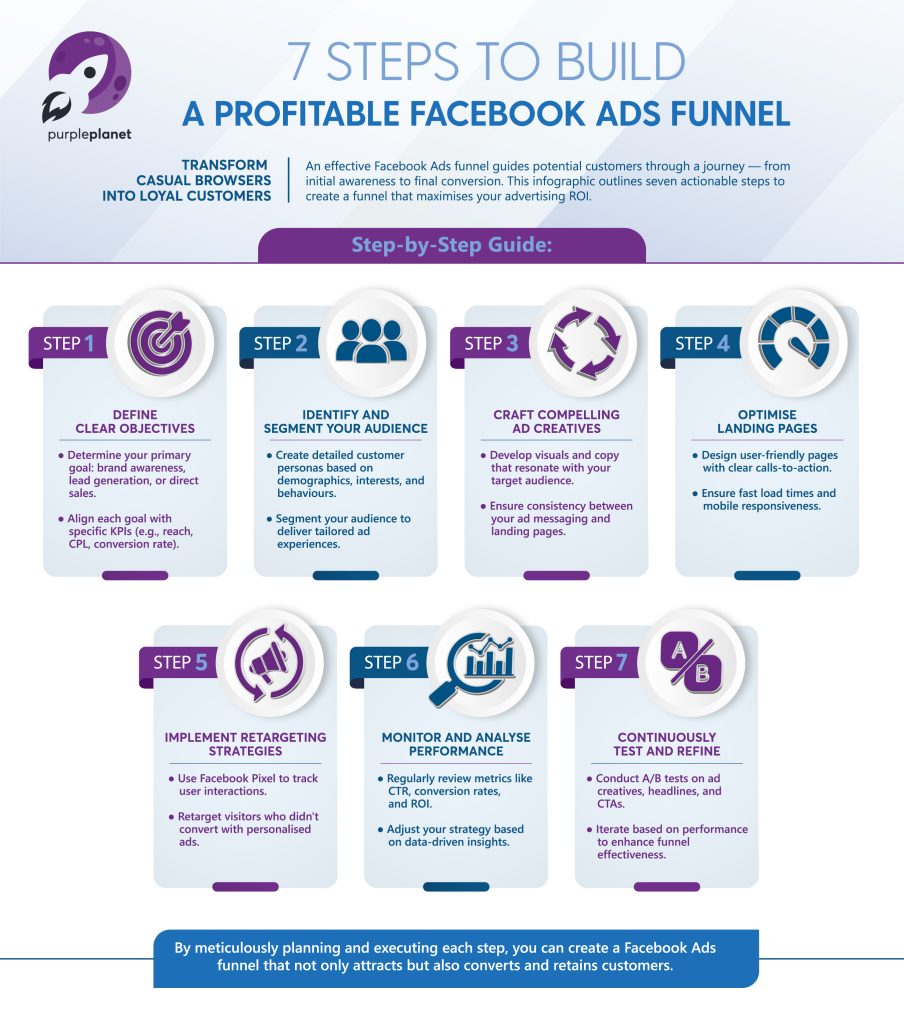
Common challenges with Facebook ads funnels
While Facebook Ad funnels are highly effective, businesses often encounter common challenges along the way. One frequent issue is audience misalignment, where ads fail to resonate because the audience hasn’t been clearly defined or segmented appropriately. Without precise targeting, even well-crafted ads may fail to generate meaningful engagement.
Another common challenge is ineffective creative choices. Ads that lack clear messaging, visual appeal, or compelling offers often struggle to capture attention, especially at the critical awareness stage. Additionally, poor landing page experiences, such as slow load times, unclear messaging, or inconsistent visuals, can drastically reduce conversion rates.
Businesses also commonly face difficulties tracking performance accurately. Without clear metrics or consistent monitoring, it’s challenging to determine what’s working and what needs improvement. Addressing these common pitfalls requires careful attention to detail, testing, and ongoing optimisation, which we’ll now explore in greater depth.
7 steps to create a profitable Facebook Ads funnel
Now we’ll help you create a clear roadmap with the following seven actionable steps:
Step 1: begin with clear objectives
Clearly defining your objectives is foundational to building a profitable Facebook Ads funnel. Begin by determining your primary goals: are you aiming to increase brand awareness, generate leads, or drive direct sales?
Each goal will dictate different strategies and metrics for evaluation. For example, awareness-focused campaigns prioritise reach and impressions, whereas lead-generation campaigns emphasise form submissions and inquiries.
After establishing your objectives, align them with clear, measurable KPIs (Key Performance Indicators). If your goal is awareness, track metrics like ad reach, frequency, and video views. For lead generation, focus on the cost-per-lead (CPL), lead quality, and engagement rates. Conversion-driven campaigns should closely monitor conversion rates, cost-per-conversion, and overall ROI.
Defining objectives and linking them explicitly to performance indicators allows you to precisely evaluate campaign success, make informed decisions, and adjust your strategy effectively down the line to maximise results.
Step 2: identify and segment your audience
Identifying and segmenting your audience is another critical aspect of effective Facebook Ad funnels. Start by clearly outlining your ideal customer personas, considering demographics like age, gender, location, income, and occupation.
Additionally, you should examine psychographic details such as interests, behaviours, preferences, and pain points. Facebook’s broad targeting capabilities enable you to precisely reach these defined audience groups, ensuring your ads resonate and engage.
Next, segment your audience into meaningful categories based on their interactions and potential buying intent. For instance, distinguish between cold audiences (new prospects), warm audiences (those who’ve engaged with your content but haven’t converted yet), and hot audiences (users close to making a purchase). Tailoring ads specifically to each segment boosts relevance and significantly increases engagement rates.
Effective segmentation also enables retargeting campaigns. By leveraging audience behaviours such as website visits, previous ad interactions, or product views, you can craft personalised messages that nurture leads through the funnel, ultimately driving higher conversion rates and more profitable outcomes.
Step 3: craft compelling awareness ads
Awareness ads represent your initial introduction to prospective customers, making it essential that these ads capture attention and clearly communicate your brand’s value.
At this stage, your main goal is to increase visibility and stimulate curiosity, rather than pushing directly for a sale. Employ visually striking images or engaging video content to immediately draw viewers in, utilising formats like carousel ads, short videos, or attention-grabbing static images.
Keep your messaging clear and concise, highlighting the core benefits or unique selling points that differentiate your business from competitors. Avoid overly complex information; instead, focus on creating intrigue or providing immediate value. For instance, educational content, engaging storytelling, or insightful tips often perform exceptionally well in awareness campaigns.
Remember, awareness ads primarily target cold audiences unfamiliar with your brand, so authenticity and clarity are critical. At this point, your aim should be to spark initial interest and prompt further exploration, setting the stage for deeper engagement as leads move further into your funnel.
Read more about creating compelling Facebook ads with our in-depth guide.
Step 4: develop retargeting ads to nurture interest
Retargeting ads are designed to nurture leads who have shown initial interest by engaging with your awareness campaigns or visiting your website. These ads aim to deepen the relationship, build trust, and guide potential customers closer to conversion.
By using Facebook’s pixel tracking, you can identify and specifically target these warmer leads who already have a foundational familiarity with your brand.
Focus retargeting ads on providing additional value and building credibility. For example, ads showcasing customer testimonials, case studies, or detailed product demonstrations help reinforce the benefits of your products or services. Educational resources, free trials, or exclusive content offers can also encourage deeper engagement and foster stronger connections.
Personalisation is key at this stage; tailored messaging that directly speaks to the viewer’s previous interactions or interests dramatically improves relevance and increases the likelihood of conversion.
Step 5: encourage action with conversion-focused ads
Conversion-focused ads are specifically designed to prompt immediate action from your audience, turning warm prospects into customers.
At this critical stage, clarity, urgency, and value are paramount:
- Clearly present your offer (whether it’s a discount, a limited-time promotion, a lead magnet, or a direct call-to-purchase).
- Highlight the compelling reasons why the viewer should act now.
- Use strong, persuasive calls-to-action (CTAs) such as “Buy Now,” “Sign Up Today,” or “Claim Your Discount.”
- Emphasise scarcity or exclusivity where appropriate, leveraging triggers that motivate immediate response.
- Ensure your ad visuals and messaging are highly relevant and resonate strongly with the targeted audience segment, reflecting their previous interactions or expressed interests.
Finally, pair these ads with streamlined, optimised landing pages that minimise distractions and make the path to conversion clear and simple.
Step 6: optimise your landing pages
Landing pages play a crucial role in turning ad clicks into actual conversions. Your landing pages must closely align with your ad content to provide a seamless and cohesive user experience.
You should match your visual style, messaging, and offer precisely with the original ad to reassure visitors they’ve arrived at the right place and prioritise clarity and simplicity in the design.
Clearly articulate your value proposition, ensure a user-friendly layout, and prominently display the CTA button or form. Make sure you’ve optimised page loading speeds, ensured full mobile compatibility, and removed unnecessary distractions or links that could divert attention away from your goal.
And, of course, regular A/B testing of landing page elements can significantly improve conversion rates and boost the effectiveness of your entire funnel. Read more about optimising landing pages for paid ads with our in-depth guide.
Step 7: analyse and refine
Consistent analysis and refinement are essential to the sustainability and growth of your Facebook Ads funnel. Testing reduces guesswork and enables you to make data-driven decisions. You can use A/B testing to refine elements like visuals, headlines, offers, and targeting parameters.
Regularly review detailed performance metrics provided by Facebook Ads Manager to gauge success across all funnel stages. Make an effort to identify high-performing ads and audience segments, and pinpoint areas needing improvement. Once you identify successful ads and strategies, allocate more budget to scale these successes confidently.
Continual optimisation also allows your Facebook Ads funnel to adapt to evolving consumer behaviours and market conditions, ensuring sustained profitability and growth.
Learn all about A/B testing with our in-depth guide to how it works.
Consider an integrative approach
Once you’ve created a funnel that you’re happy with, you may want to integrate it with other marketing channels for additional customer acquisition. Integrating your Facebook Ads funnel with other marketing channels can significantly amplify your results by creating a cohesive, multi-channel experience for your audience.
Rather than viewing Facebook Ads as a standalone strategy, businesses that incorporate these ads into broader marketing efforts (including email campaigns, content marketing, SEO, and Google Ads) typically experience stronger brand presence and higher overall conversion rates.
The integration process involves ensuring messaging consistency across channels. This means aligning your visuals, copy, and overall messaging across every touchpoint, creating a unified experience for the audience. For instance, prospects initially reached through Facebook ads can later receive personalised follow-up messages via email marketing. These emails could offer further information, exclusive deals, or reminders related directly to the ad they originally interacted with, reinforcing their interest and maintaining engagement beyond social media.
Similarly, integration with search engine marketing can amplify the impact of your Facebook Ads funnel. Users searching for specific keywords on Google might subsequently encounter tailored Facebook ads that directly align with their search intent. This consistent messaging reinforces brand recall and strengthens their perception of your business as relevant and attentive to their needs.
When audiences experience cohesive and targeted messaging across multiple platforms, trust and familiarity naturally build, ultimately enhancing the effectiveness and efficiency of your overall marketing strategy.
However, integration may not be suitable for every business. Smaller companies with limited resources or highly niche audiences might find managing multiple channels complex and resource-intensive. Additionally, businesses with less sophisticated tracking capabilities may struggle to attribute conversions accurately across channels, potentially diluting insights.
Still, when executed effectively, a multi-channel approach strengthens brand awareness, builds deeper customer relationships, and boosts overall marketing efficiency.
Final thoughts
If yours is a small business and you’re worried about how much a Facebook Ads strategy will cost, read our guide to Facebook Ads on a budget.
Creating a profitable Facebook Ads funnel is a dynamic and evolving process that requires constant adaptation and thoughtful analysis. While understanding your audience, delivering precise messaging, and ensuring seamless user experiences remain constant essentials,
success in this area depends heavily on your ability to continuously learn and refine your approach.
Taking advantage of Facebook’s comprehensive data tools allows you to anticipate trends, quickly identify areas for improvement, and seize opportunities as they arise. While no single approach will work for every business, adopting a mindset grounded in testing, analysis, and optimisation will ensure your Facebook Ads funnel consistently supports your broader marketing objectives and drives meaningful results.
For further assistance with your paid ad campaigns, reach out to us here at purpleplanet. We have a team of experts equipped to assist you:

